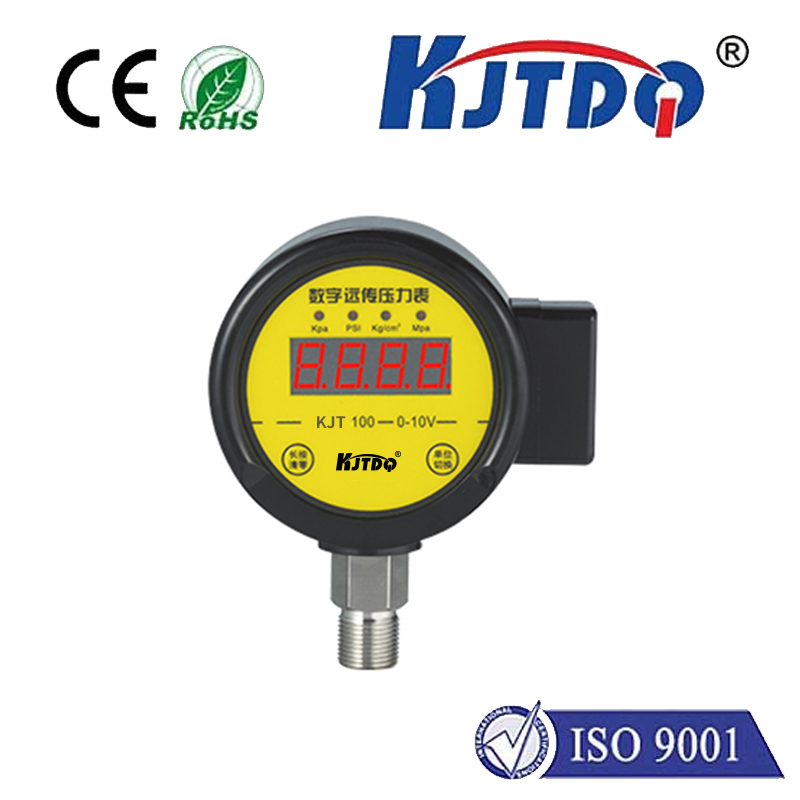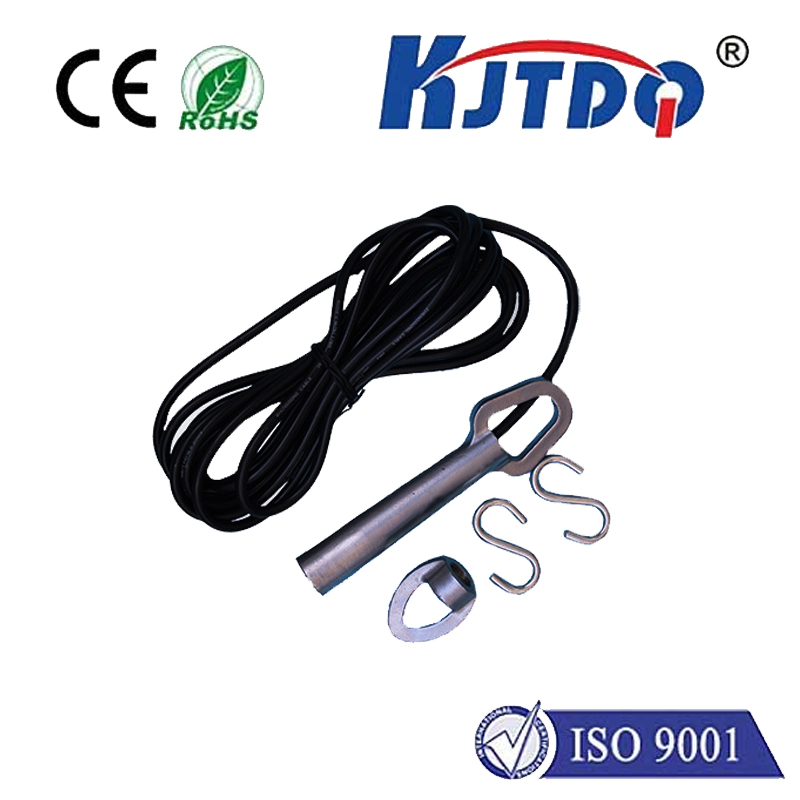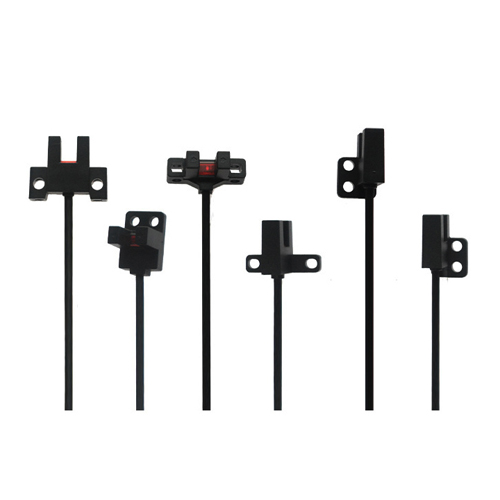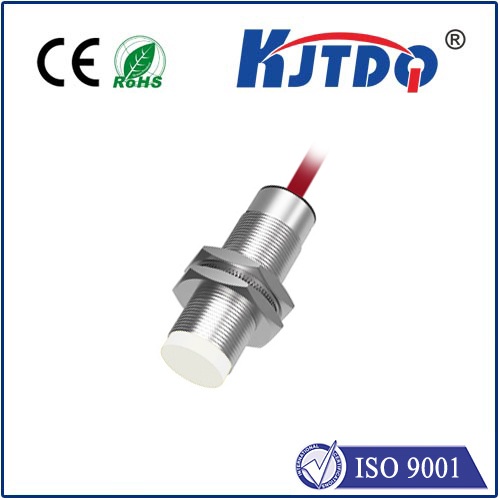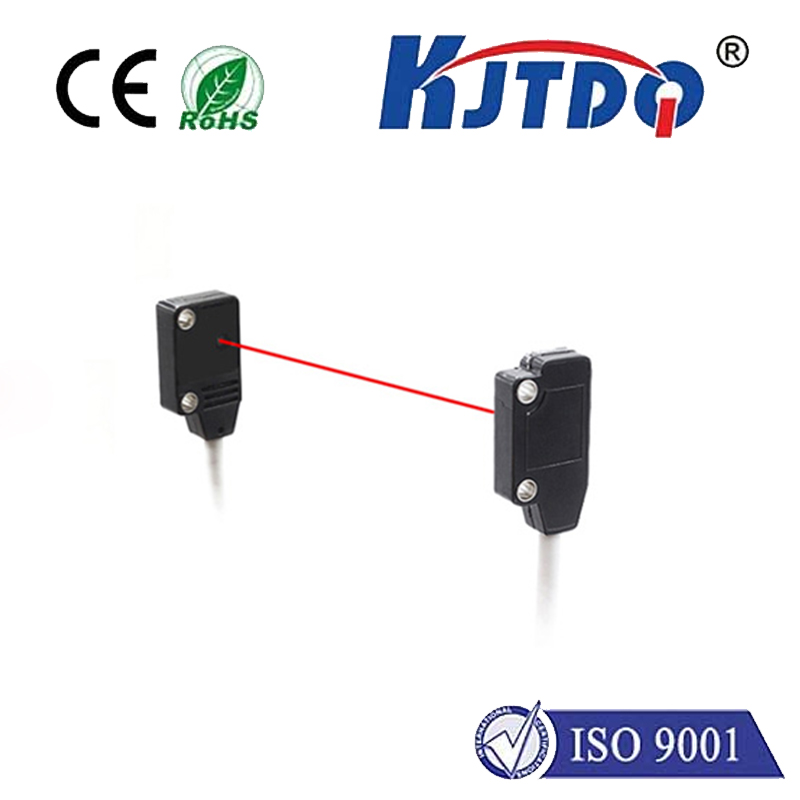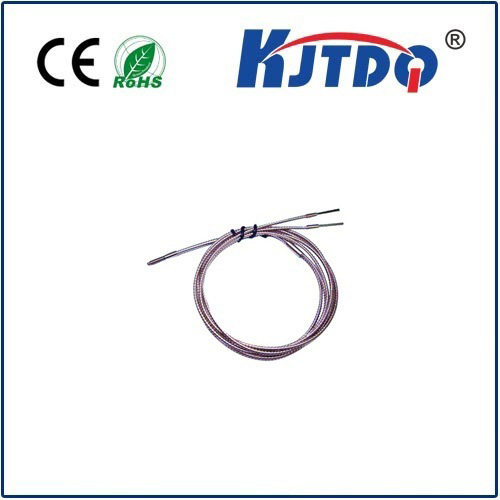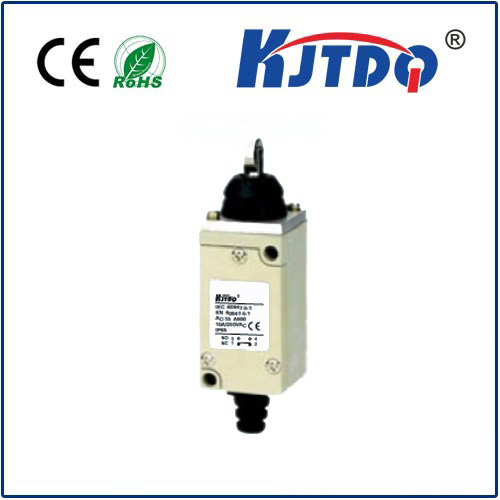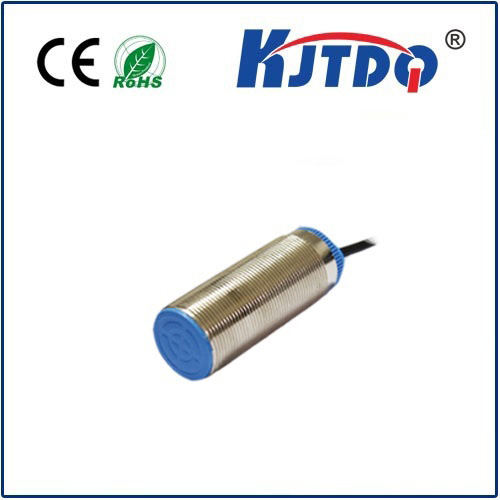contact proximity sensor
- time:2025-06-17 02:25:05
- Click:0
Contact Proximity Sensors: The Reliable Touchstone of Industrial Detection
In the intricate ballet of modern automation, where machines communicate and act with precision, detection is the fundamental sense. Knowing the presence, absence, or position of an object is critical. Among the diverse array of sensing technologies, the contact proximity sensor stands out as a workhorse of reliability and simplicity. While the term “proximity sensor” often conjures images of non-contact devices, the contact variant plays an indispensable, distinct role where physical touch is not just acceptable, but desirable.
So, what exactly defines a contact proximity sensor? At its core, it’s a device designed to detect the physical presence or position of an object by making direct physical contact with it. Unlike inductive, capacitive, or photoelectric sensors that sense targets without touching, a contact sensor relies on this tactile interaction to trigger its switching function. Think less of a radar sensing an approaching vehicle and more of a light switch activating when you physically flip the lever. This fundamental difference dictates its unique applications and benefits.
How the Tactile Trigger Works: Simplicity in Action
The operating principle of most contact proximity sensors is beautifully straightforward, often leveraging fundamental mechanical or electromechanical concepts:

- Physical Contact: The target object physically touches or exerts force on a specific part of the sensor, called the actuator. This could be a lever arm, a plunger, a roller, or a whisker.
- Mechanical Movement: This contact causes the actuator to move.
- Internal Switching: The movement of the actuator directly or indirectly actuates an internal electrical switch. Common switch types include:
- Microswitches: Small, robust snap-action switches providing a crisp, reliable electrical transition (
open to closed or vice-versa) at a specific point of actuator travel.
- Reed Switches: Sealed glass tubes containing magnetic contacts that open or close when influenced by a magnet often attached to the actuator mechanism.
- Signal Output: The change in the switch’s state (NO - Normally Open, NC - Normally Closed) provides a discrete electrical signal to the control system (e.g., PLC), indicating detection.
This direct mechanical linkage translates physical presence into an unmistakable electrical signal without the need for complex electronics interpreting magnetic fields or light beams.
Where the Touch Matters: Key Applications
The inherent reliability and simplicity of contact proximity sensors make them ideal for numerous scenarios:
- End-of-Travel Detection: Verifying that a moving part (cylinder rod, slide, gate, elevator car, garage door) has securely reached its physical endpoint limit. The positive contact ensures the system knows the limit has been hit.
- Over-Travel Protection: Acting as a safety backup to detect excessive movement beyond normal operational limits, potentially preventing mechanical damage.
- Presence/Absence Confirmation: Ensuring a part is seated correctly in a fixture, pallet, or conveyor before the next process step begins. Physical contact guarantees the part is exactly where it should be.
- Position Verification: Confirming the specific position of a cam, lever, or valve stem.
- Manual Control Stations: Used as limit switches within operator pendants or control panels where an operator physically moves a lever to initiate or stop a function.
- Heavy-Duty Environments: Where environmental factors (dirt, dust, moisture, vibration, intense electromagnetic interference) might challenge non-contact sensors, a robust mechanical contact proximity sensor often proves more resilient. The direct action is less susceptible to interference from environmental contaminants or stray fields.
- Cost-Sensitive Applications: Generally, contact proximity switches are more economical than their non-contact counterparts, especially microswitch-based designs.
The Distinct Advantage: Specificity Through Contact
While non-contact sensors offer advantages in speed and wear avoidance, the contact proximity sensor carves its niche through unique strengths:
- Unambiguous Detection: Physical contact provides an unequivocal, high-confidence signal. There’s little room for misinterpretation – the target is present and has been touched. This reliability is paramount in safety-critical positions.
- High Repeat Accuracy: The point of actuation is determined by the physical mechanics of the switch and actuator, typically offering very consistent triggering positions.
- Immunity to Target Material: Unlike inductive (metallic only) or capacitive (material-dependent) sensors, contact proximity sensors detect any solid object capable of physically moving the actuator. Whether metal, plastic, wood, or cardboard, if it can push the lever, it will be detected.
- Robustness: Properly selected contact proximity sensors (especially those specifically designed as heavy-duty “limit switches”) can withstand significant mechanical stress, shock, vibration, and harsh industrial environments.
- Simplicity & Ease of Understanding: The mechanical nature makes their operation easy to troubleshoot and replace.
Selecting the Right Touch Point: Considerations
Choosing the optimal contact proximity sensor involves several factors:
- Actuator Type: Lever (standard, roller), plunger, whisker, wobble stick? The choice depends on the target’s approach direction, required operating force, and the need for self-resetting.
- Electrical Rating: Ensure the switch contacts (voltage, current - AC/DC) are compatible with the control circuit they will be switching. Look for ratings matching your application’s demands.
- Environment: IP rating for dust/water ingress, temperature range, resistance to oils/coolants, vibration tolerance. Always select a sensor rated for the specific environment it will operate in.
- Operating Force & Travel: The force required to actuate the switch and the distance the actuator must move. Ensure the target can reliably provide sufficient force and movement.
- Durability: Expected number of operating cycles (life expectancy). Microswitches often rate in millions of cycles.
- Mounting: The required mounting configuration (bracket type, hole pattern) needs to suit the physical location.
- Contact Configuration: Normally Open (NO), Normally Closed (NC), or changeover (SPDT) contacts? Align this with the control logic requirements.
Conclusion: Enduring Relevance in a High-Tech World
Despite the proliferation of sophisticated non-contact sensing technologies, the contact proximity sensor remains a vital component in the engineer’s toolkit. Its simplicity, unambiguous reliability based on physical contact, resilience in harsh conditions, and cost-effectiveness guarantee its continued relevance across a broad spectrum of industrial automation, machinery safety, and positioning tasks. From safeguarding a massive robotic arm’s movement to confirming a tiny part is in place, the physical “touch” provided by these sensors delivers a fundamental, trustworthy signal that underpins safe and efficient operations.






